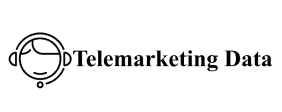Manufacturers also have a clear objective here: They want their brand to be bought by the customer regardless of where this takes place. A retailer has a different goal here: the customer should buy from him regardless of the brand. naturally arises at some point: How can I bind customers to my POS with my own brand and gain more control over communication through my own brand and above all generate more income A private label which is pric slightly below the strong manufacturer’s brand offers this opportunity.
Accordingly a simple question
The customer is lur into the store by the strong manufacturer’s brand sees an attractive and cheaper manufacturer’s brand and then switches to Panama Phone Number List this product. In the German food trade manufacturer brands still have a market share of around % -level goodshave a share of around %. The really interesting category own brands with an competition with a manufacturer’s brand come in at a share of %. Market shares own brands and manufacturer brands So much for the simple idea of the free rider effect of own brands. However building a strong private label takes more than just a label.
While simple labels price entry
Some own brands that have establish themselves in retail are for example the Alana babylove Denk mit or Balea brands at dm. For example Galeria KY Lists Kaufhof has establish the brands manguun Mark Adam new york and Bob the Bear. Amazon has register approximately trademarks with the US Patent and Trademark Office and sells products under at least brands. These are for example the brands Amazon Basics Arabella or R Waggon. Galeria Kaufhof own brands Source: Galeria Kaufhof Own brands also ne a brand image A private label with add value must also have a profile. Therefore conceptually a loop should be rotat here. It just doesn’t make sense anymore to have.







